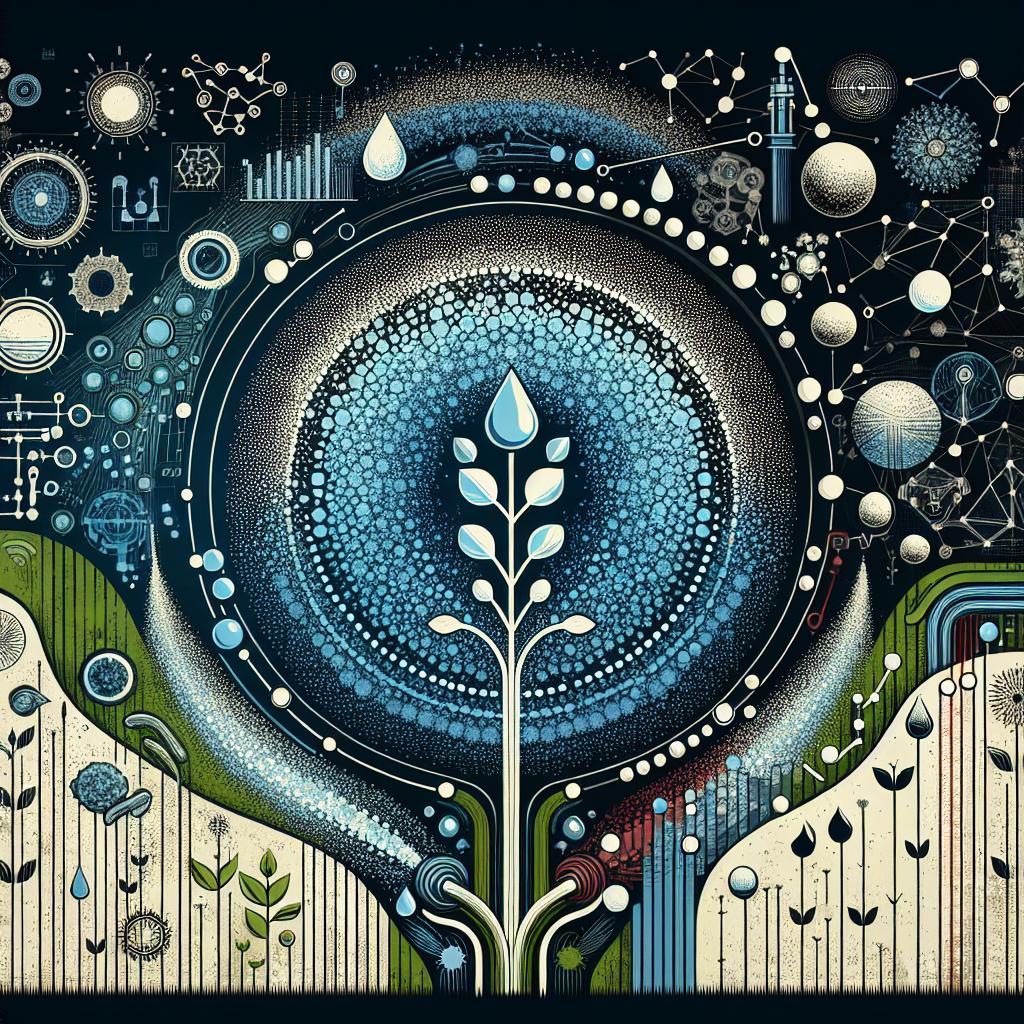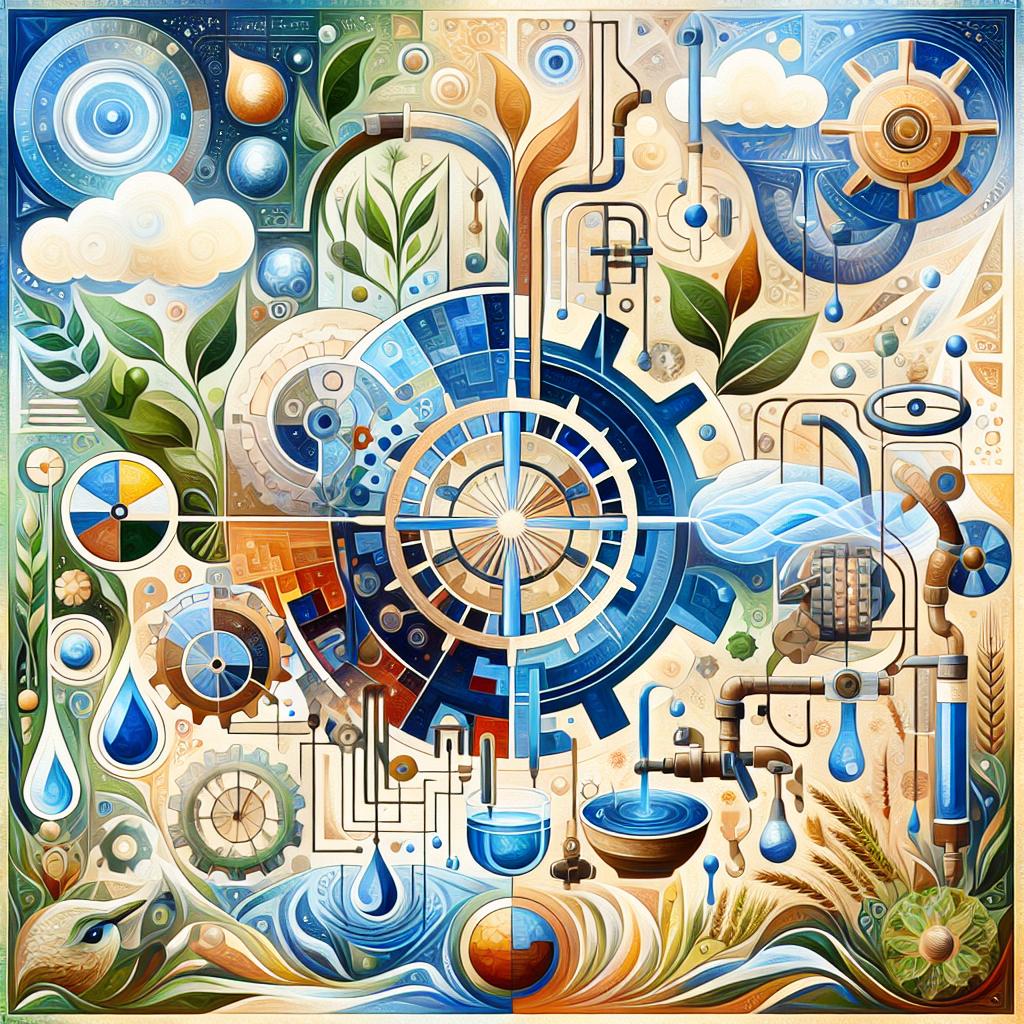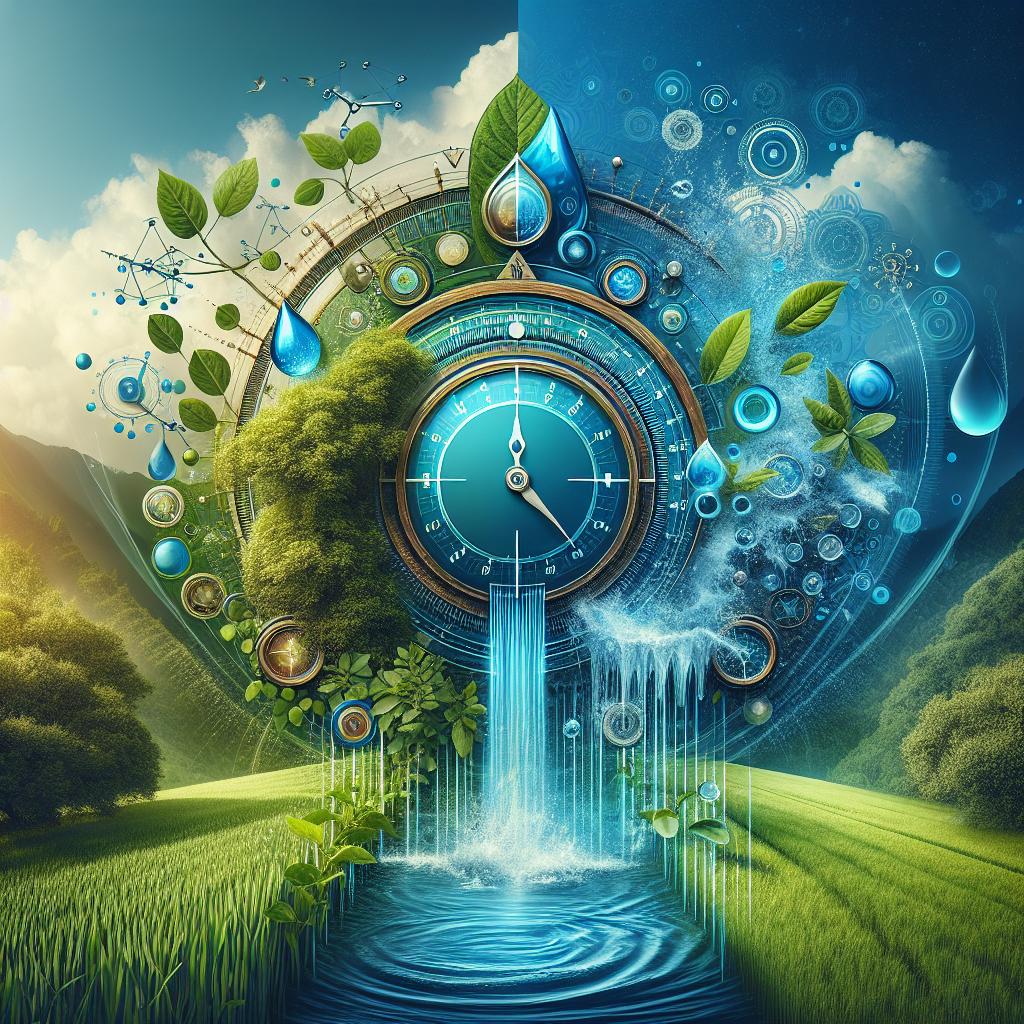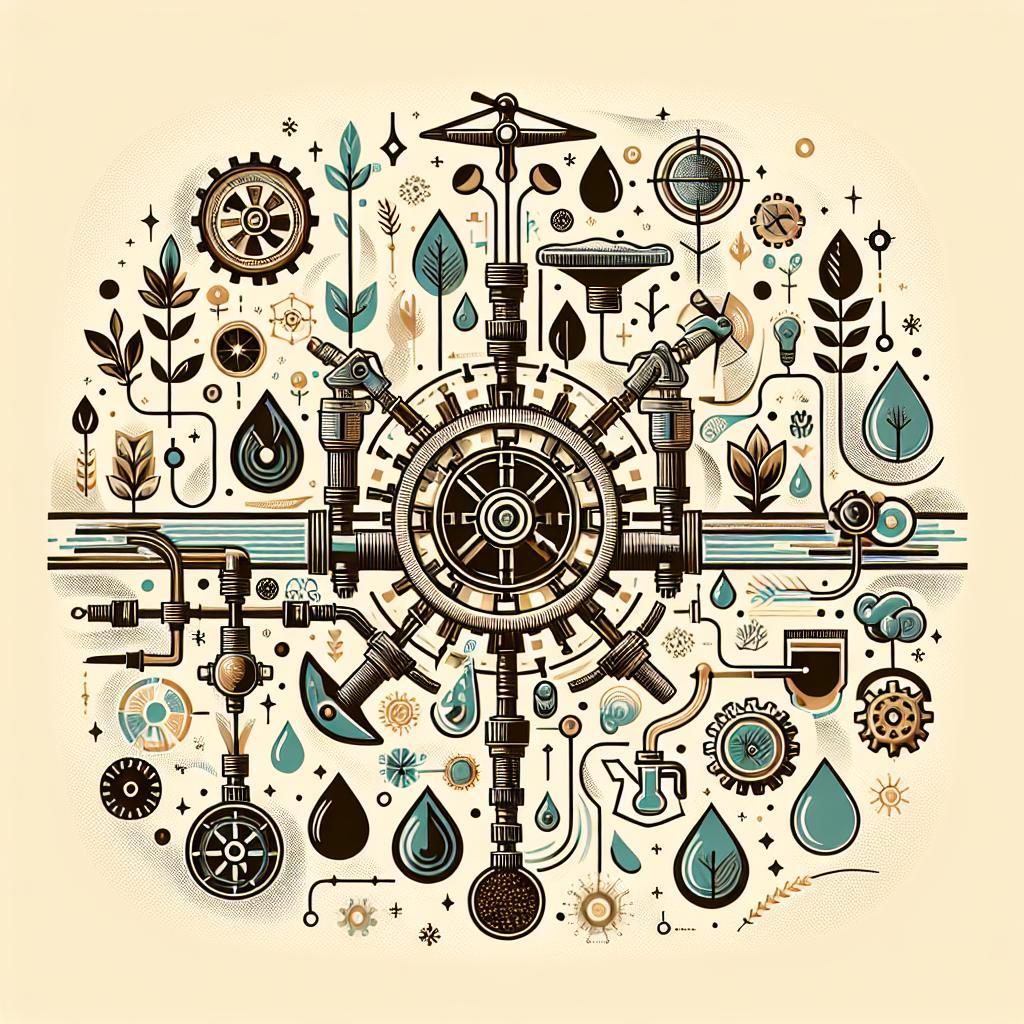This post may contain affiliate links which means I may receive a commission for purchases made through links. Learn more on my Private Policy page.
When the sun graces our gardens with its warm embrace, every plant and flower eagerly stretches toward the light, hoping for the nourishment they crave. But how do we ensure that each leaf and petal receives the right amount of water to flourish? Enter the hero of our horticultural story: the irrigation system. Whether you’re tending to a sprawling vegetable patch, a vibrant flower garden, or a lush lawn, mastering the art of water distribution can make all the difference in creating a thriving oasis. In this article, we’ll explore practical tips and friendly advice to help you optimize your irrigation setup, ensuring that every drop counts and your plants grow their best. Together, let’s dive into the world of water wisdom and help our green companions flourish!
Understanding the Importance of Even Water Distribution for Thriving Plants
Ensuring that your plants receive a consistent supply of water is essential for their overall health and growth. Proper water distribution not only prevents the soil from becoming too dry or too saturated but also encourages strong root development. When plants experience uneven watering, it can lead to issues such as stunted growth, root rot, and nutrient deficiencies. With a well-designed irrigation system, you can create optimal conditions for your greenery by targeting the water where it’s needed most, ensuring each plant gets its fair share.
There are several key strategies to achieve effective water distribution within your irrigation system:
- Zone irrigation: Divide your garden into zones to tailor watering schedules based on the specific needs of different plant types.
- Drip irrigation: Utilize drip hoses or emitters to deliver water directly to the plant roots, minimizing evaporation and runoff.
- Soil moisture sensors: Implement sensors to monitor moisture levels and adjust watering schedules automatically.
To visualize the impact of water distribution, refer to the table below that demonstrates the percentage of water retention in different soil types:
| Soil Type | Water Retention (%) |
|---|---|
| Clay | 50% |
| Silty | 40% |
| Loamy | 30% |
| Sandy | 15% |
By understanding these principles, you can enhance your irrigation practices, ultimately leading to lush, thriving plants that flourished with every drop of water provided.

Choosing the Right Components for Your Irrigation System
When selecting components for your irrigation system, consider factors that enhance water efficiency and meet the specific needs of your landscape. Drip lines, sprinklers, and controllers each play a vital role in achieving proper water distribution. Look for drip tape with built-in emitters for vegetable gardens or micro-sprinklers for delicate plants, ensuring that every drop counts. Soil moisture sensors can also be integrated to help automate watering based on real-time needs, which not only conserves water but also promotes healthy plant growth.
Choose materials wisely, as the longevity of your irrigation system greatly depends on the quality of its components. Here are some essential elements you should consider:
- Pipes: Opt for durable PVC or polyethylene options that resist UV damage.
- Filter systems: Prevent clogs and ensure the longevity of emitters and nozzles.
- Pressure regulators: Maintain consistent water pressure to avoid wastage.
| Component | Benefits |
|---|---|
| Drip Irrigation | Reduces water usage; targets plant roots directly. |
| Soil Moisture Sensors | Automates system based on real-time soil conditions. |
| Smart Controllers | Adjusts watering schedules based on weather data. |

Fine-Tuning Your Irrigation Schedule for Optimal Efficiency
To achieve the best results from your irrigation system, it’s crucial to tailor your schedule to the specific needs of your garden or landscape. Start by considering factors such as plant types, soil conditions, and climate variability. Different plants have distinct water requirements, so grouping your vegetation based on similar needs can enhance efficiency. Additionally, monitoring rainfall can help you adjust watering times to prevent over-irrigation. A simple trick is to use a rain gauge to collect data on precipitation in your area, allowing you to fine-tune your watering schedule accordingly.
A well-structured schedule can maximize water conservation and support healthy growth. Implementing a few strategies can enhance your irrigation efficiency:
- Time of Day: Water early in the morning or late in the evening to minimize evaporation.
- Frequency: Adjust your watering frequency based on seasonal changes and plant growth phases.
- Duration: Consider using drip irrigation for targeted watering that reduces waste.
Utilizing smart irrigation controllers that respond to weather data can also automate adjustments, ensuring your plants receive just the right amount of water. Below is a simple table summarizing ideal watering durations for different types of plants:
| Plant Type | Watering Duration (minutes) |
|---|---|
| Lawns | 20-30 |
| Flower Beds | 15-25 |
| Vegetable Gardens | 30-50 |

Troubleshooting Common Issues for Perfect Water Coverage
When it comes to achieving flawless water coverage in your garden, common issues can often throw a wrench in your plans. Here are some issues you might encounter:
- Blocked Emitters: Dirt and debris can clog drip emitters, leading to uneven watering.
- Poor Sprinkler Placement: If your sprinklers are misaligned, some areas may get too much water while others remain dry.
- Pressure Fluctuations: Inconsistent water pressure can result in uneven distribution throughout your system.
- Incorrect Scheduling: Watering at the wrong times can lead to oversaturation or drought stress.
To tackle these challenges effectively, consider the following troubleshooting tips:
- Regular Maintenance: Schedule routine checks to clean emitters and adjust sprinkler heads.
- Optimize Layout: Evaluate your garden’s design to ensure all areas are reachable by sprinklers.
- Monitor Water Pressure: Install a pressure gauge to keep track of fluctuations and make adjustments as necessary.
- Utilize Timers: Invest in programmable timers to automate your watering schedule accurately.
The Way Forward
As you embark on your journey to achieve the perfect balance in your garden or landscape, remember that a well-designed irrigation system is your trusty ally. By ensuring proper water distribution, you not only nurture your plants but also contribute to a sustainable future. A little diligence in monitoring and adjusting your system can yield a vibrant, flourishing environment that brings joy to your space and beyond.
So go ahead – make those changes, embrace the learning process, and watch your garden thrive like never before! Whether you’re a seasoned horticulturist or just starting, the magic of water distribution is within your reach. With each drop you save and every plant you nourish, you’ll cultivate not just greenery but a lasting relationship with nature. Happy watering, and may your gardens bloom beautifully!
This post may contain affiliate links which means I may receive a commission for purchases made through links. Learn more on my Private Policy page.

